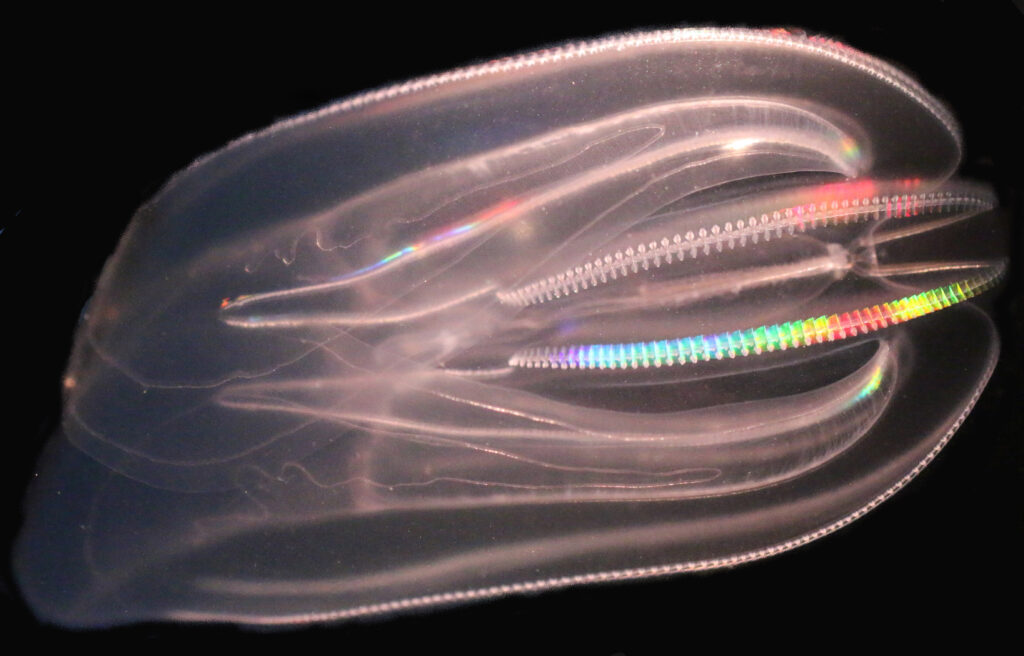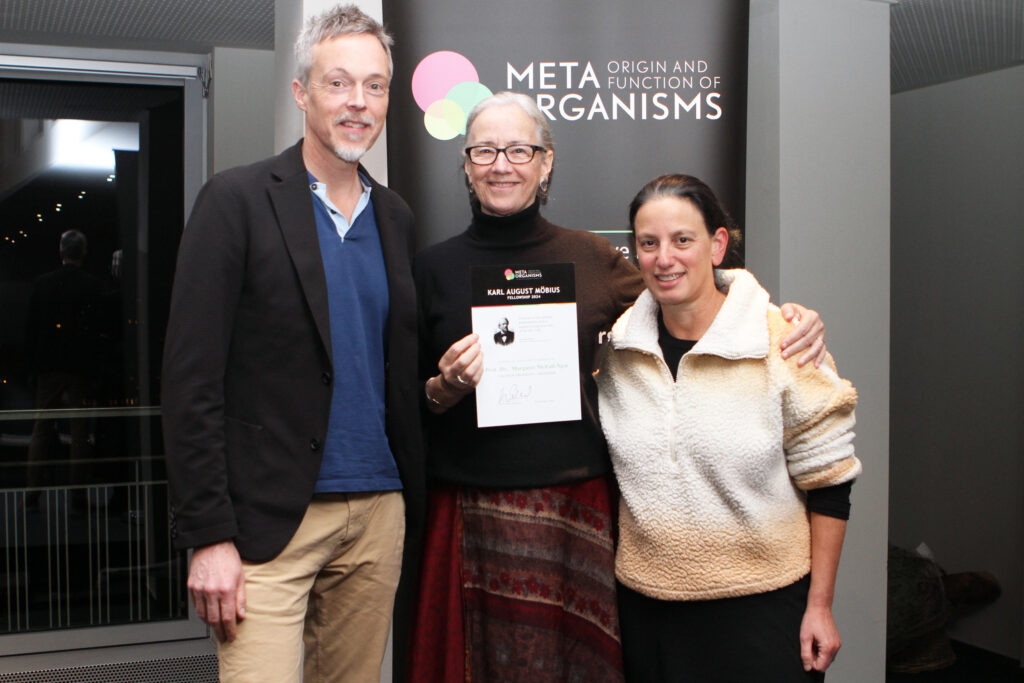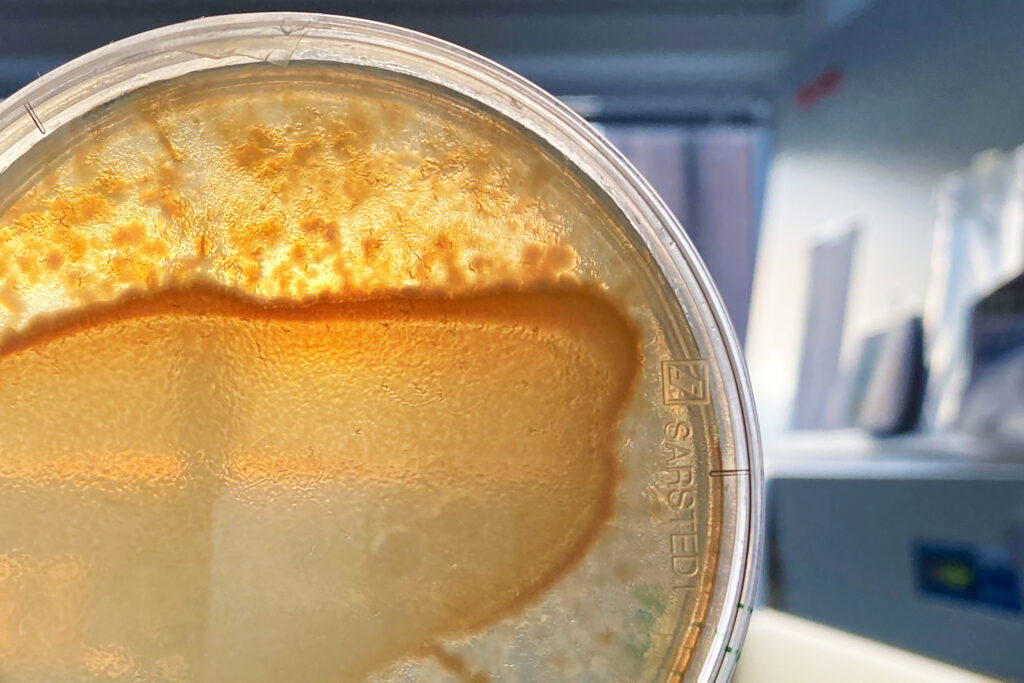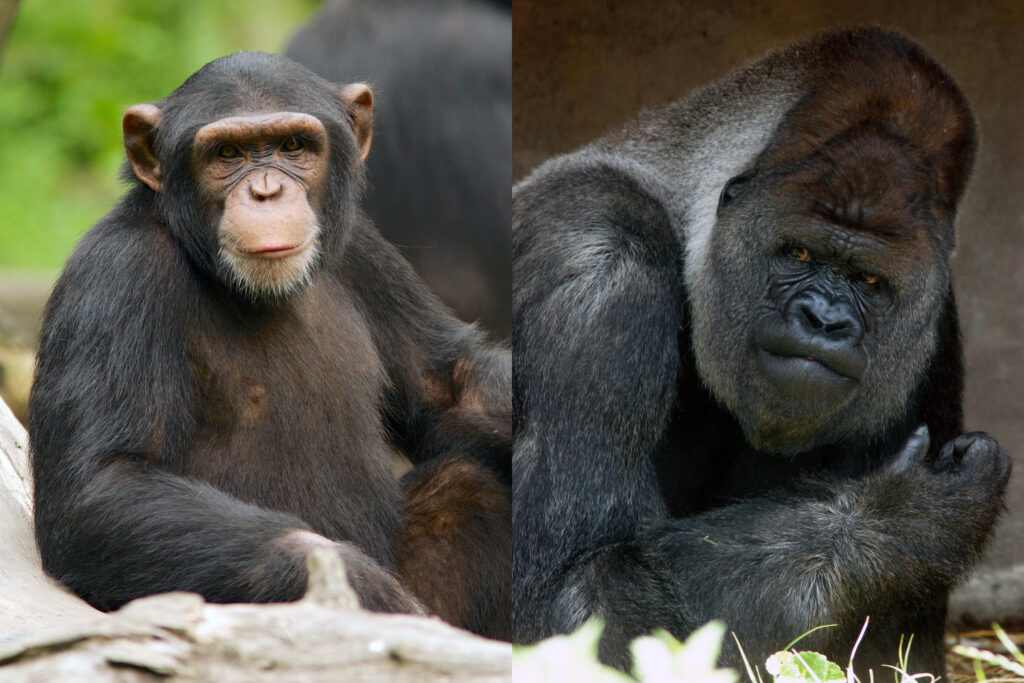Invasive comb jelly: success builds on repeated invasion
Whole genome analyses shed light on the role of genetic diversity
The comb jelly Mnemiopsis leidyi is one of the most notorious invasive marine creatures. To shed new light on the invasive success of this species, an international team led by researchers from GEOMAR Helmholtz Centre for Ocean Research Kiel and the National Institute of Aquatic Resources at the Technical University of Denmark (DTU Aqua) used full resequencing genome data. In their study published in the journal Proceedings of the National Academy of Sciences (PNAS), the researchers conclude: Genetic diversity per se is not the major driving force behind invasion success. Instead, population reconstructions revealed that the magnitude of the invasion events as well as repeated introductions are important factors.
Biological invasions – the introduction of new, non-native species into habitats where they have not lived before – have attracted much attention in recent years. Disrupting existing ecosystems and displacing native species, they can have wide-ranging impacts on biodiversity. Human-induced transport is regarded as a major cause of such invasions, especially in marine systems. A recent publication in the Proceedings of the National Academy of Sciences of the United States of America (PNAS) by researchers from Germany, Denmark, the United States of America, France and Bulgaria shed new light on the question how genetic diversity translates into invasion success. For this purpose, the international author team analysed the entire genomes of native populations of the comb jelly Mnemiopsis leidyi from Miami and Woods Hole (USA) as well as invasive ones from Varna (Bulgaria), Villefranche-sur-Mer (France) and Sylt (Germany).
Mnemiopsis leidyi is known for its devastating impacts on ecosystems in its invasive range. For example, this comb jelly competes for food with local fish species. Native to the east coast of the Americas, it was first sighted in the Black Sea in the 1980ies and has since invaded large areas of Western Eurasia. The initial invasion is thought to be based on transport in the ballast water of commercial ships. In 2006, it was discovered in Kiel Fjord upon a second independent invasion from New England. “Irrespective of its large impact, specific invasion dynamics and propagule loads during introduction events remain so far unknown, as common for most non-indigenous marine species”, says Dr. Cornelia Jaspers. The biological oceanographer from Kiel, now centre leader for Gelatinous Zooplankton Ecology & Evolution at the Technical University of Denmark (DTU Aqua), is the lead author of the PNAS publication.
Being one of the hundred most impactful invasive species, Mnemiopsis leidyi was also selected as a focus species in the Collaborative Research Center (CRC) 1182 “Origin and Function of Metaorganisms” hosted at Kiel University, Germany. “Because this species is now present in the North and the Baltic Sea, we need to understand its precise invasion history including possible reduction of genetic diversity, so-called bottlenecks,” Professor Dr. Thorsten Reusch explains. The marine biologist at GEOMAR Helmholtz Centre for Ocean Research Kiel and principal investigator in the CRC 1182 is senior author of the publication. “A whole genome resequencing of individuals from five different native and invasive populations allowed us to reconstruct invasion routes and the demographic history of at least two invasion events.”
The researchers found different histories for each of the distinct Mnemiopsis invasion events. These included cases of similar, increased and decreased genetic diversity compared to the native populations in the North-West Atlantic. This indicates that genetic diversity alone is not the major contributor to invasion success of a species. Instead, the whole genome resequencing revealed repeated introductions that might have contributed to the jelly’s expansion. In addition, the sheer size of a population can enhance its success – for example if predators do not counteract their growth after the invasion.
“Despite international conventions in place to halt species introductions, our data suggest that the North Sea is subject to contemporary and recurrent Mnemiopsis introductions. Uncovering this temporal context is essential to understand current invasion risk of areas and halt species introductions in the long run,” concludes Dr. Cornelia Jaspers.
Original publication:
Jaspers, C., Ehrlich, M., Martin Pujolar, J., Künzel, S., Bayer, T., Limborg, M.T., Lombard, F., Browne, W.E., Stefanova, K. Reusch, T.B.H. (2021): Invasion genomics uncover contrasting scenarios of genetic diversity in a widespread marine invader. Proceedings of the National Academy of Sciences (PNAS), 118 (51) e2116211118; DOI: 10.1073/pnas.2116211118
More information:
Centre for Gelatinous Plankton Ecology & Evolution
National Institute of Aquatic Resources, Technical University of Denmark (DTU Aqua)
Research Divsion Marine Ecology,
GEOMAR Helmholtz Centre for Ocean Research Kiel





